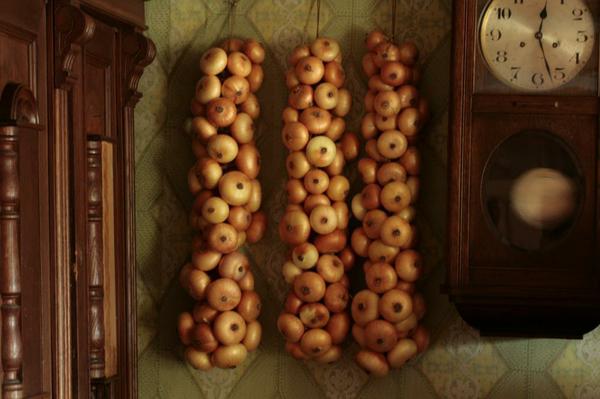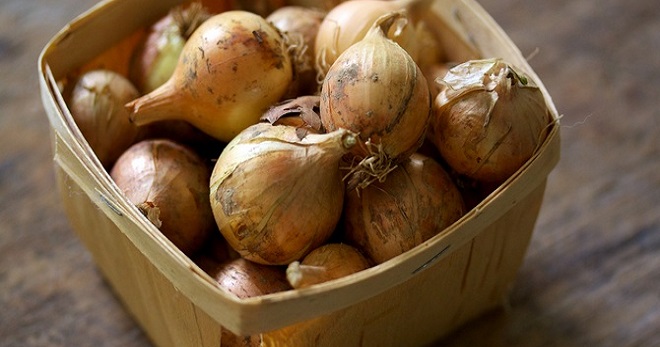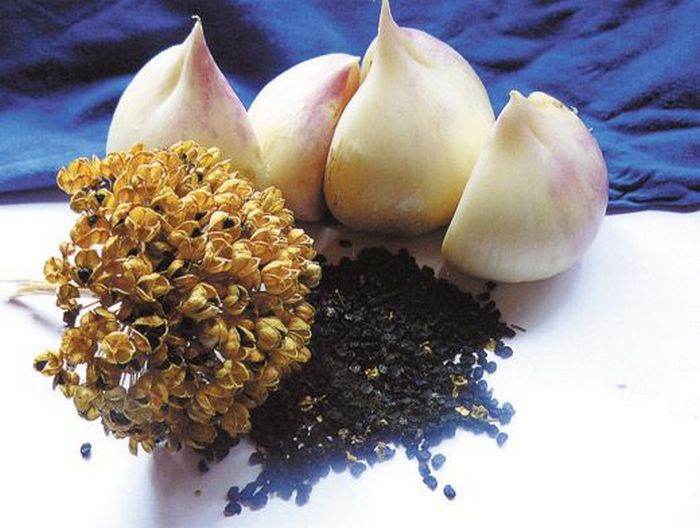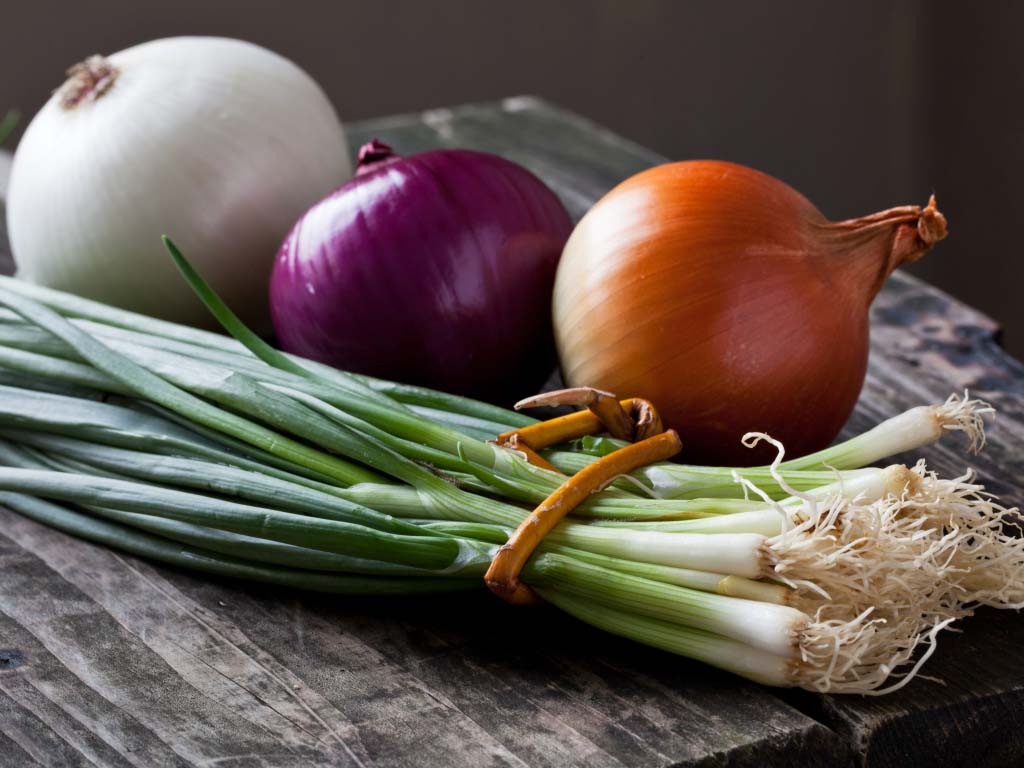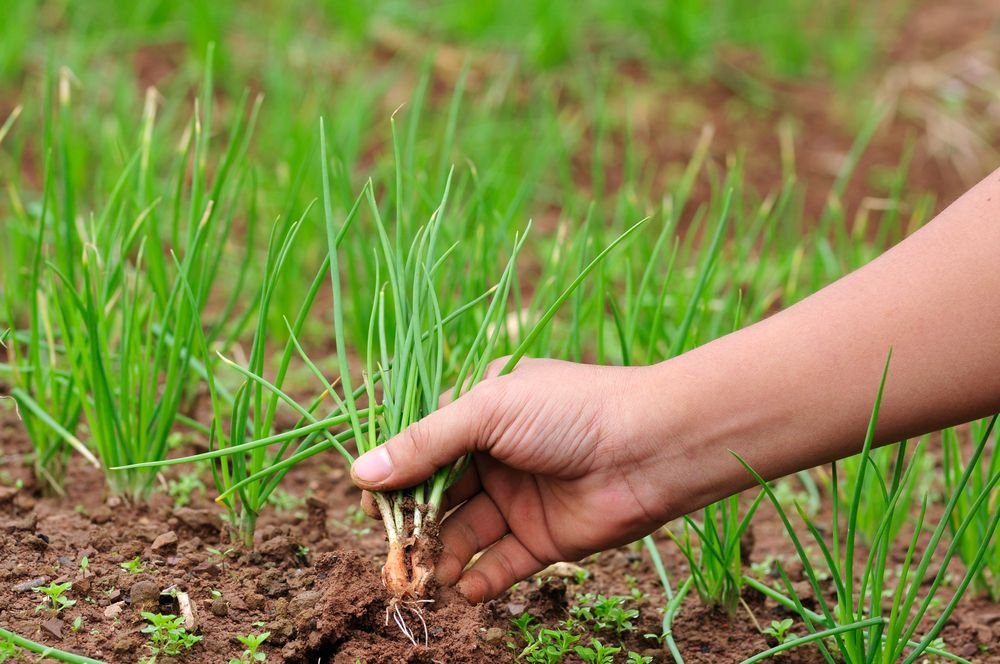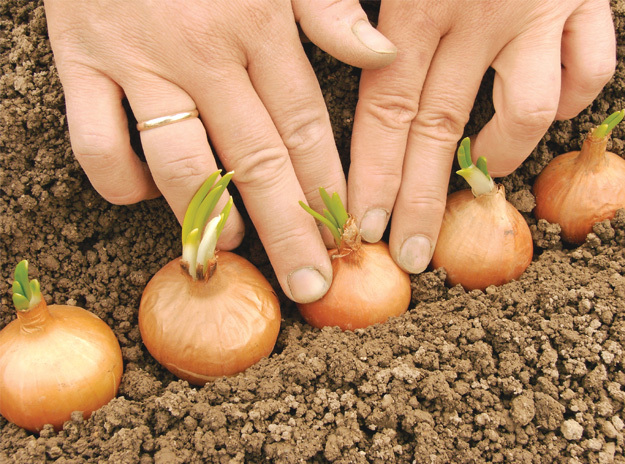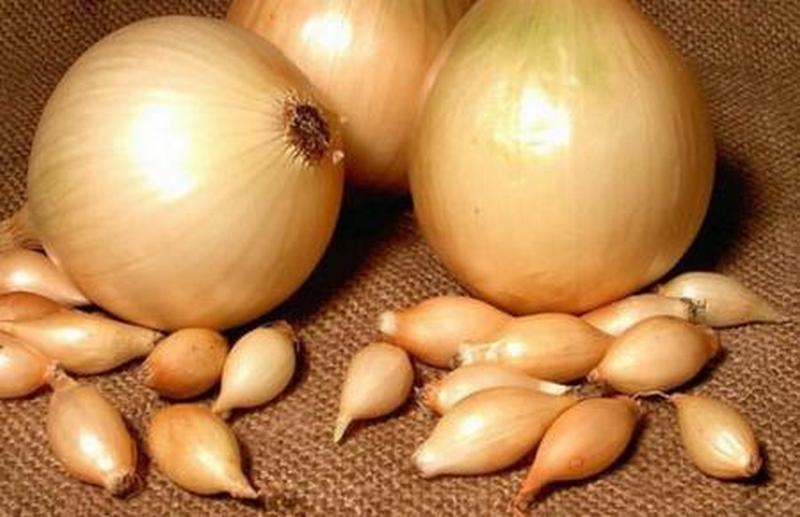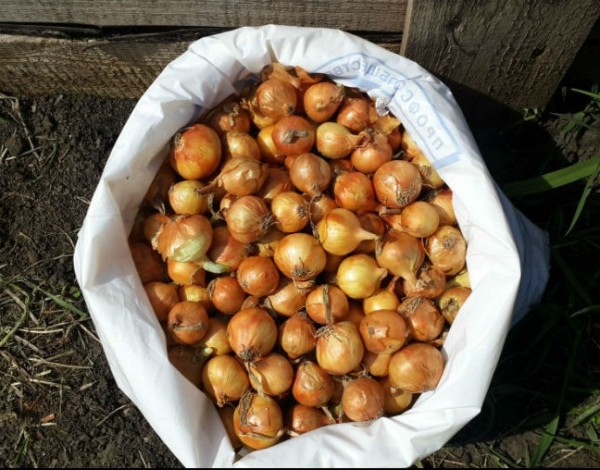Content:
It is difficult to plant and grow a crop, but often it is not enough to have onions from your own summer cottage until spring. Correct harvesting is not a complete guarantee of success, it is important to follow certain rules on how to store onions, as well as choose crop varieties that have certain preservation indicators. There are species that, even if all the rules and features are followed, will not be stored.
Storage rules and guidelines
Keeping sevok at home is not as easy as it might seem at first glance. Before considering all the details of storage and characteristics of conditions, you should understand how to store onions correctly in general:
- In order to store onions for a long time, you should choose one that is ripe, has no damage and disease. The bulbs should have strong scales and a thin neck. If you try to store an unripe vegetable, then there is a high probability that it will rot and be affected by diseases, and overripe bulbs can give roots again;
- Before folding the crop for storage, it should be thoroughly dried and prepared;
- The neck of the onion to be stored should be about 4 cm;
- An important condition that will help to store onions is a container into which air freely penetrates;
- During the winter, the heads should be touched three times. Rotten and damaged bulbs should be removed during this procedure. If the onion has become raw again, then it should be dried again;
- The humidity in the room where the onions are stored should not be too high so that this does not adversely affect.
Home storage
Before storing the harvested bulbs, they must be carefully prepared. This will help reduce the chance of rotting. It will be necessary to provide the necessary conditions that facilitate successful storage and will not negatively affect the culture.
Drying
The best option is the primary drying of the bulbs directly in the open air. The harvested onion should be laid out in one layer, after removing the roots under the very bottom, then the feather should be cut off, leaving a stump of about 2 cm. It is he who will protect the bulbs from the penetration of bacteria and fungal spores.
During the period when drying will be carried out, the decomposed vegetables should be periodically turned over. If sick and damaged bulbs are found, they are removed. It should be dried for about 5 days. After that, the crop is laid out in containers for storage and transferred to the warehouse, where the containers will stand all the time.
If the weather conditions do not allow drying directly outside, then this can be done indoors. True, it will be necessary to create the appropriate conditions. With good ventilation, the temperature in the room where the vegetable will be stored should be about +20 ° C.Vegetables that show damage or any signs of disease, as well as specimens with an incomplete neck, should be set aside in separate boxes for use first. In a private house or apartment, you can keep a vegetable for drying near heating devices so that the temperature in their vicinity is approximately + 22-25 ° C.
Storage conditions
In order to preserve a turnip at home as long as possible, you should pay attention to certain factors, which are described in many sources of literature almost the same:
- Temperature. The ideal temperature regime for storing onions is considered to be + 0 ° C. But it is worth noting that the onion sets of most varieties will lie well at temperatures in the range of + 3 ... 0 ° C, but they will not disappear at a temperature of + 18-25 ° C. The main thing is not to create conditions with sharp changes in temperature, which will provoke the release of an early green arrow. It is especially not recommended to take boxes with heads to the balcony;
- The importance of indoor air. The optimum air humidity is 50-65%. With other indicators of this characteristic, the vegetable will deteriorate, it may begin to germinate, or various diseases will begin to develop that contribute to decay;
- Ventilation. Any room, both for home storage and for industrial purposes, must have a good ventilation system. Air circulation can be provided both naturally and forcedly.
Container
A large role during long-term storage can play a container where the vegetable will lie. There are many options for storage tanks, so it is very easy to choose the most suitable one:
- Boxes with small holes. They are very convenient in terms of space saving, since they can be put one on one;
- Wicker baskets are a very comfortable material. They have holes for air circulation. They also look very aesthetically pleasing and at the same time are an environmentally friendly product;
- Cardboard boxes can also be used, but it is important to have ventilation holes on each side;
- Nylon stockings or tights can also be used as containers for storing onions;
- Rag bags, but do not put more than 30 cm of vegetables in them;
- Special nets for vegetables.
The best onions for long-term storage
How to store any onion, it became clear, it is worth figuring out whether each variety is preserved the same. Today on the market you can find a large number of varieties, but each has its own storage characteristics. For example, the sevok is stored well if all the rules are followed, but it will be more difficult to keep the leek. This vegetable is presented in various options, so when choosing, you should consider different criteria. Various varieties will be listed below, but this entire list has one thing in common - excellent storage characteristics:
- Carmen (early ripe purple vegetable);
- Arzamas local;
- Volzhanin (shelf life reaches 9 months);
- Snowball;
- Setton;
- Galileo (lasts up to six months);
- Bessonovsky onion;
- Danilovsky 301;
- Alvina and others.
Folk tips for long-term storage of vegetables
Today it will not be difficult to buy any vegetable, but not so long ago there was no such assortment of goods in stores. Therefore, many tried to stock up everything that grows in the garden for the whole winter. There are a few little tips and tricks on how to keep your onions in good condition until spring.
Here are some popular recommendations that you can easily use:
- To keep the onion better, do not cut off the shoots that have not yet turned yellow. They are ready for cutting only when the scales are completely dry and tightly closed around the bulb;
- A small number of heads can be stored in the refrigerator;
- Planting should be carried out after frost, such a vegetable is better stored;
- Before sending a vegetable for winter storage in a cellar or other room, each bulb should be checked for damage and disease. Otherwise, the entire container may quickly become infected;
- If the vegetable is in the kitchen, then you should regularly look at the condition of the bulbs;
- Sevok should not be sent straight away for safekeeping. It is best to hang it in nets for a while in a well-ventilated area.
In conclusion, it is worth noting that similar rules can be applied to store not only onions, but also any bulbous plants: tulips, hyacinths, daffodils, and so on.
As you can see, it is easy to deal with storage, even without special storage or basements. The answer to the question of which onion is best stored in winter is simple: ripe, well-dried and correctly selected when purchasing. With simple measures, it is very easy to keep the harvest until spring.
